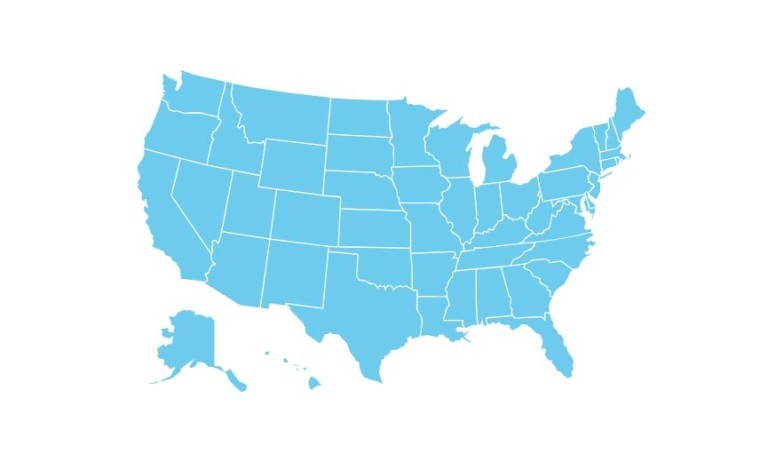Business Resources to Help You and Your Employees

2025 Tax Bill: What’s In It and How It Impacts Your Business
Our experts break down key changes in the tax and policy law in this on-demand webinar, offering tips to simplify tax compliance and strategies to position your business for success.
Federal Government is Closed
Businesses that work with the federal government or rely on nearly 735,000 federal employees for patronage have to implement a backup plan now that the government is shut down. Congress failed to pass a continuing resolution to fund operations, so as of Oct. 1, the government is closed.
All Resources
Business Podcasts
Paychex Thrive, a Business Podcast
Navigate the dynamics of today's business climate.

Paychex Pulse, an HR Podcast
The issues facing today's human resource leaders and managers.










